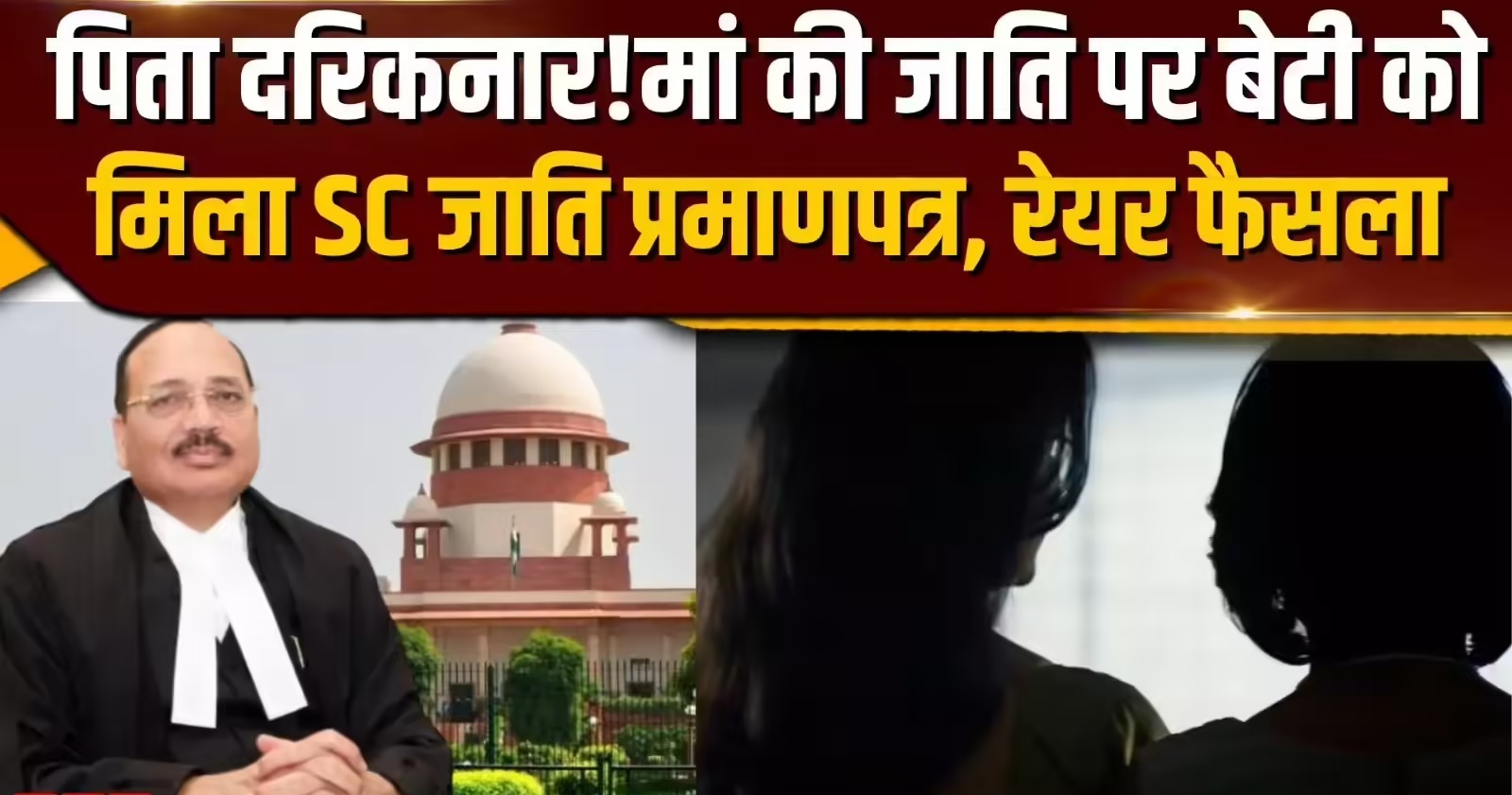G. H. GUTTAL, J. - In this petition u/s 256(2) of the Income Tax Act, 1961 (hereinafter referred to as "the Act"), the Commissioner of Income Tax, "the petitioner" - for short - urges that questions of law arise of the Income Tax Appellate Tribunal (hereinafter referred to as "the Tribunal") in I. T. Appeal No. 514 (Coch.) of 1982. He seeks an order directing the Tribunal to refer such questions to the High Court.
The undisputed facts are these :
The respondent-assessee, a public charitable trust, is a partner of two firms, Lathika Enterprises, Ernakulam, and Chandrika Enterprises, Irinjalakkuda.
The Income Tax Officer rejected the claim of the respondent for exemption from Income Tax u/s 11(1) (a) and (b) on two grounds :
(i) The income in the assessment year 1976-77, which is the relevant year, had not been applied for charitable purposes as required by section 11; and
(ii) since the funds of the respondent invested in the two firms referred to above exceeded 5 per cent of the capital of each firm, the respondent has contravened section 13 (1) and (2) of the Act and, therefore, the income of the respondent is not derived from property held under trust only for charitable purposes.
After rejecting the claim for exemption, the Income Tax Officer assessed the income of the respondent at Rs. 54,400.
The order of the Income Tax Officer was upheld by the Appellate Assistant Commissioner of Income Tax, ernakulam, on April 1, 1982, in Appeal No. 2T/79-80. However, he held that the respondent did not contravene section 13 (1) and (2) of the Act
The respondent preferred Appeal No. I. T. A. 514 of 1982 to the Tribunal However, the petitioner did not file cross-objections against or an appeal from the finding that the respondent had not contravened section 13 (1) and (2) of the Act. The Tribunal held that the respondent had complied with section 11(1)(a) and, therefore, its income was exempt from taxation. However, the Tribunal held that the petitioner was not entitled to urge that the respondent had violated section 13 (1) and (2) of the Act and, therefore, was not entitled to exemption. The reason was that the petitioner had not filed cross-objections against the finding of the Appellate Assistant Commissioner.
The petitioners Application No. R. A. 200/(Coch.) of 1985 for reference u/s 256(1) was rejected by the Tribunal as, according to the Tribunal, no referable question arises out of its order u/s 254 of the Act.
The facts set out in the order of the Tribunal dated May 24, 1985, in I. T. A. No. 514/(Coch.) of 1982 reveal that the validity of the finding of the Appellate Assistant Commissioner that the respondent had not complied with section 11 of the Act was called in question. The answer to this question depends upon the interpretation of the evidence in regard to the application of the respondents income and the application of the statutory provisions such as section 11(1), (2) and (3) of the Act. Additionally, a true interpretation of the judgment of the Mysore High Court relied upon by the Tribunal in
Again, the question whether the respondent is entitled to the exemption from taxation if he violated sections 13(1)(c) and 13(2)(h) raises another question of law. No doubt the Tribunal held that the petitioner cannot be permitted to raise the argument based on the violation of section 13(1)(c) of the Act. Yet, it considered the argument basis of its own earlier decision. The fact remains that the petitioner was not permitted to urge it. In
We, therefore, hold that questions of law do arise out of the order of the Tribunal made u/s 254 of the Act. We, therefore, direct the Tribunal to state the case and refer the following questions to the High Court u/s 256(2) of the Act :
"(i) Whether, on the facts and in the circumstances of this case, the assessee is entitled to exemption from Income Tax u/s 11 of the Act ?
(ii) On the facts of this case, is the assessee entitled to exemption from Income Tax if it is found that it contravened sections 13(1)(c) and 13(2)(h) of the Act ?"
Subject to this, the petition is allowed. No order as to costs.

